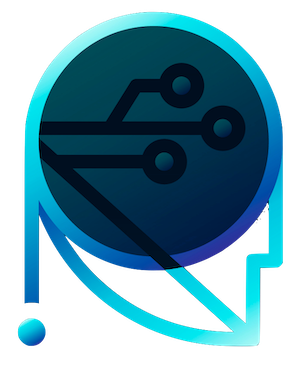In an exciting development within the realm of artificial intelligence, the joint efforts of researchers from Together AI and Agentica have culminated in the release of DeepCoder-14B. This coding model proficiently challenges the status quo, demonstrating capabilities that rival those of prominent proprietary models like OpenAI’s o3-mini. However, what truly sets DeepCoder-14B apart is its commitment to transparency and accessibility; the model, alongside its training data, code, logs, and optimizations, has been fully open-sourced. This bold move not only fosters innovation but also invites researchers and enthusiasts to contribute towards its ongoing refinement.
Performance and Benchmarking
The performance metrics of DeepCoder-14B are nothing short of impressive, achieving high marks across a variety of rigorous coding benchmarks such as LiveCodeBench (LCB), Codeforces, and HumanEval+. The research team’s assertions about the model’s capability illustrate its strength: “Our model demonstrates strong performance across all coding benchmarks… comparable to the performance of o3-mini (low) and o1.” What is potentially groundbreaking, however, is its performance in mathematical reasoning. This model, while primarily designed for coding tasks, scored an impressive 73.8% on the AIME 2024 benchmark—a measurable 4.1% enhancement over its predecessor, DeepSeek-R1-Distill-Qwen-14B. The implication here is profound: the reasoning skills honed through coding can transcend boundaries, applicable across multiple domains.
Reinforcement Learning Challenges
Despite the glowing prospects, the journey of developing DeepCoder-14B was met with significant challenges. The scarcity of quality training data in the coding domain posed a formidable obstacle: unlike math, which benefits from abundant, verifiable datasets online, coding lacks equivalent resources. The researchers tackled this shortage decisively by implementing a rigorous data curation process, which sifted through datasets to retain just 24,000 high-quality coding problems. This meticulous selection not only ensured robust training but also provided a solid framework for the reinforcement learning (RL) process that underpins DeepCoder’s functionality.
Moreover, the design of the reward function was strategic. By conditioning positive feedback on the model’s capability to pass unit tests within specified time limits, researchers successfully steered the model away from shallow learning hacks that could undermine its efficacy. This focus on accurate code generation rather than memorized solutions ensures that DeepCoder-14B possesses genuine problem-solving capabilities—the hallmark of a competent coding assistant.
Innovative Training Techniques
The training algorithm behind DeepCoder-14B borrows from Group Relative Policy Optimization (GRPO), proven effective in prior models but enhanced through several innovative modifications to assure stability and ongoing improvement. Notably, the training process accounted for long-context reasoning through a method that allowed the model to generate extended sequences without penalties for exceeding context limits. Gradually scaling the model’s context window—from 16K to 32K tokens—demonstrates a commitment to ensuring that the system can tackle complex coding problems while maintaining efficiency.
To optimize the aforementioned training process, the researchers faced a significant hurdle: the “sampling” bottleneck inherent in reinforcement learning frameworks. In response, they crafted verl-pipeline, an advanced extension of the open-source verl library, which introduced the novel “One-Off Pipelining” technique. This innovation optimized the training cycle by reordering response sampling and model updates to mitigate delays. With this enhancement, DeepCoder was trained within a reasonable time frame of 2.5 weeks on powerful hardware, illustrating a leap forward in both speed and efficiency.
The Open Source Revolution
The implications of DeepCoder-14B reaching the open-source community are more significant than mere accessibility; they herald a structural shift in the AI landscape itself. By providing all artifacts—including the model, training regimen, and datasets—the researchers have effectively democratized access to state-of-the-art coding solutions. This step not only empowers organizations of all sizes to innovate but also dismantles the monopoly on advanced AI capabilities that has characterized the enterprise sector previously.
Organizations can now tailor sophisticated code generation tools to their specific needs while maintaining privacy and security—a vital advantage in today’s digital landscape where data security and competitive advantage are paramount. Such advancements pave the way for a more vibrant and competitive AI ecosystem, inviting collaboration and ingenuity. With models like DeepCoder-14B at the forefront, the potential for transformative applications is boundless, empowering a diverse array of users to contribute to the broader dialogue about the future of AI—a future that no longer belongs solely to those with deep pockets or extensive resources.


Leave a Reply